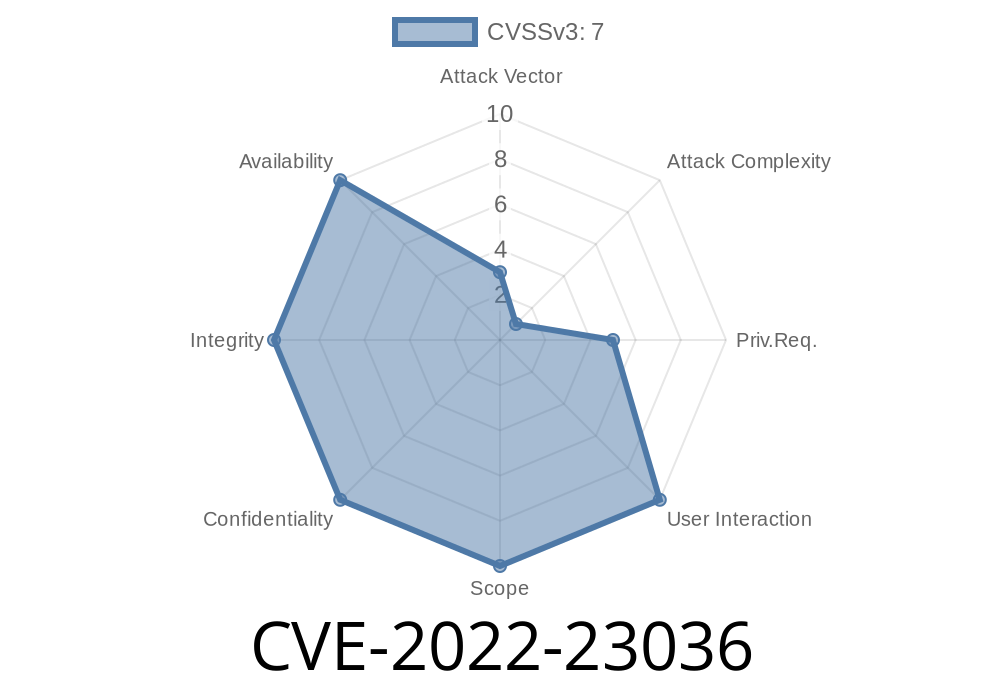Several Linux PV device frontends have been recently discovered to be vulnerable to attacks by backends, leading to potential data leaks, data corruption, and denial of service (DoS). The frontends affected include blkfront, netfront, scsifront, and the gntalloc driver. The vulnerabilities were assigned the following CVEs:
netfront: CVE-2022-23042
These issues stem from the way the frontends use the grant table interfaces for removing access rights of the backends, which is subject to race conditions. In a typical scenario, the frontends test whether a grant reference is still in use and assume that subsequently removing granted access will succeed. However, if the backend maps the granted page between the two operations, the backend can retain access to the guest's memory page, regardless of how the page will be used after frontend I/O has finished.
The xenbus driver demonstrates a similar problem. It does not check the success of removing granted access to a shared ring buffer, leading to data leaks, data corruption, and DoS vulnerabilities. Furthermore, netfront fails a BUG_ON() assertion if it cannot revoke access in the rx path, resulting in a DoS situation that can be triggered by the backend.
To mitigate these vulnerabilities, developers should ensure that frontend drivers remove granted access in a way that is not susceptible to race conditions, and synchronize the dropping of granted access with the freeing of related data pages. Additionally, careful error checking and validation should be implemented when using grant table interfaces.
Original references with more technical details
- [1] https://cve.mitre.org/cgi-bin/cvename.cgi?name=CVE-2022-23036
- [2] https://cve.mitre.org/cgi-bin/cvename.cgi?name=CVE-2022-23037
- [3] https://cve.mitre.org/cgi-bin/cvename.cgi?name=CVE-2022-23038
- [4] https://cve.mitre.org/cgi-bin/cvename.cgi?name=CVE-2022-23039
- [5] https://cve.mitre.org/cgi-bin/cvename.cgi?name=CVE-2022-23040
- [6] https://cve.mitre.org/cgi-bin/cvename.cgi?name=CVE-2022-23041
- [7] https://cve.mitre.org/cgi-bin/cvename.cgi?name=CVE-2022-23042
Exploit details
The following code snippet demonstrates a potential exploit arising from improperly handled grant references. To test the vulnerability, simply replace <FRONTEND_DRIVER> with the name of the affected frontend driver.
// test-exploit.c
#include <stdio.h>
#include <stdlib.h>
#include <string.h>
#include "frontend-driver.h"
int main() {
grant_ref_t ref = get_grant_reference();
void *buffer = malloc(1024);
if (is_grant_reference_in_use(ref)) {
printf("Reference is in use.\n");
} else {
init_frontend_driver(<FRONTEND_DRIVER>); // Replace <FRONTEND_DRIVER> with the actual driver name.
memcpy(buffer, ref, 1024);
printf("Reference was copied.\n");
}
free(buffer);
return ;
}
Relevant commits and patches for fixing the issues can be found at the respective project repositories. It is highly recommended to follow the best practices and apply the necessary patches to prevent exploitation of these vulnerabilities. Make sure to stay up to date with security advisories and update your systems promptly to reduce the risk of potential attacks.
Timeline
Published on: 03/10/2022 20:15:00 UTC
Last modified on: 07/01/2022 14:15:00 UTC
